The SF Rule of Classical Probability: An Exploration of the "Gambler's Paradox"
DOI: 10.23977/jpms.2022.020101 | Downloads: 43 | Views: 2726
Author(s)
Fei Yin 1
Affiliation(s)
1 Institute of History of Science and Technology, Guangxi Minzu University, Nanning, Guangxi, 530006, China
Corresponding Author
Fei YinABSTRACT
This paper uses the "gambler's paradox", an event of classical probability origin, as an entry point, and use graphical and observational methods to generalize the SF rule. The SF rule is used to explain the compound events, to demonstrate the formal guarantee of the SF rule, and to deduce the detailed steps of using the SF rule. As an important rule for selecting basic events in classical probability, the SF rule should be described in the probability foundation.
KEYWORDS
Classical probability, basic events, SF rule, Sample space, Observational methods, Natural deductionCITE THIS PAPER
Fei Yin, The SF Rule of Classical Probability: An Exploration of the "Gambler's Paradox". Journal of Probability and Mathematical Statistics (2022) Vol. 2: 1-8. DOI: http://dx.doi.org/10.23977/jpms.2022.020101.
REFERENCES
[1] A. Vasudevan. (2017) Chance, determinism and the classical theory of probability, Studies in History and Philosophy of Science. 3, 1–12.
[2] A.W.F. Edwards. (1983) Pascal's problem: the 'Gambler's Ruin', International Statistical Review. 5, 73–79.
[3] B. Mates. (1986) The Philosophy of Leibniz: Metaphysics and Language, Oxford University Press, USA.11-13.
[4] G. Rodriguez. (2013) The Principles of Contradiction, Sufficient Reason, and Identity of Indiscernibles. Oxford Handbook of Leibniz, Oxford University Press, USA.27-29.
[5] I. Hacking. (2006) The Emergence of Probability: A Philosophical Study of Early Ideas about Probability, Induction and Statistical Inference, 2nd ed., Cambridge University Press, USA.15-17.
[6] L. E. Maistrov. (2014) Probability Theory: A Historical Sketch, Academic Press, USA.5-11.
[7] L.J. Daston. (1980) Probabilistic expectation and rationality in classical probability theory, Historia Mathematica. 3, 234–260.
[8] R. Durrett. (2007) Probability: Theory and Example, 3rd ed., World Book Publishing Company, Beijing.21-27.
[9] L. Xue. (2011) Probability Statistics Problems and Reflections, Science Press, Beijing.43-45.
| Downloads: | 144 |
|---|---|
| Visits: | 10679 |
Sponsors, Associates, and Links
-
International Journal of Power Engineering and Engineering Thermophysics
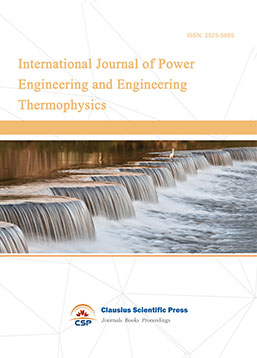
-
Numerical Algebra and Scientific Computing
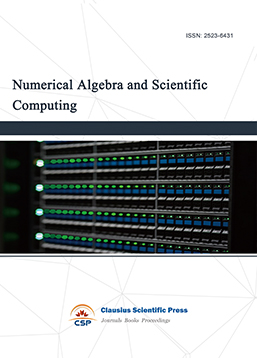
-
Journal of Physics Through Computation
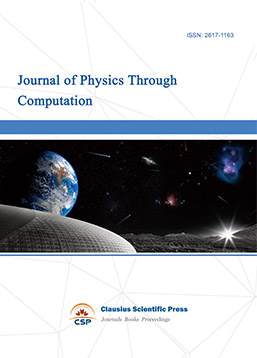
-
Transactions on Particle and Nuclear Physics
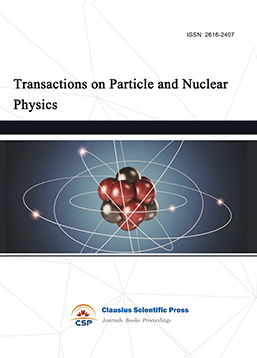
-
Multibody Systems, Nonlinear Dynamics and Control
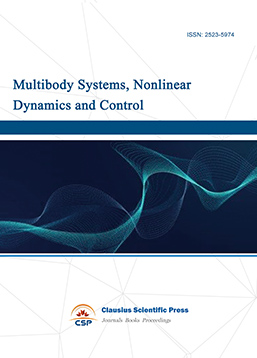
-
Complex Analysis and Geometry
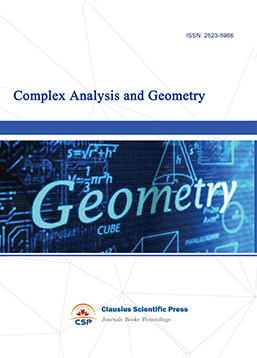
-
Dynamical Systems and Differential Equations
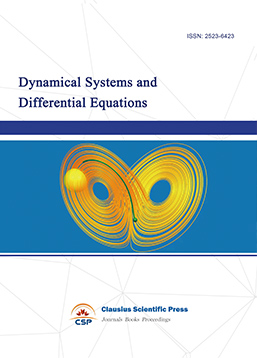
-
Acoustics, Optics and Radio Physics
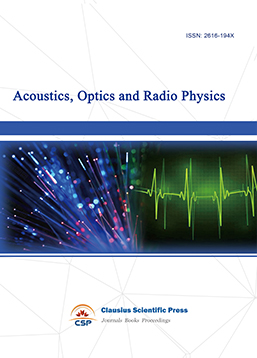
-
Progress in Atomic and Molecular Physics
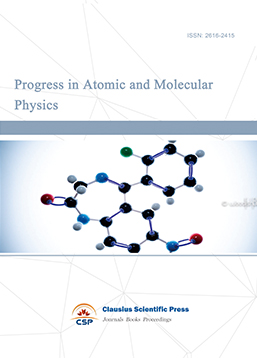
-
Transactions on Condensed Matter Physics

-
Transactions on Computational and Applied Mathematics
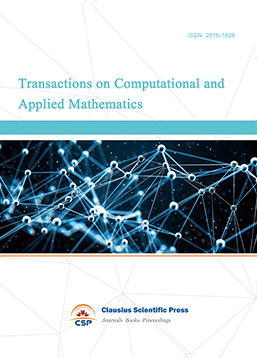
-
Progress in Plasma Physics
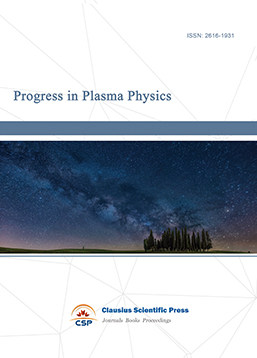
-
Combinatorics and Graph Theory
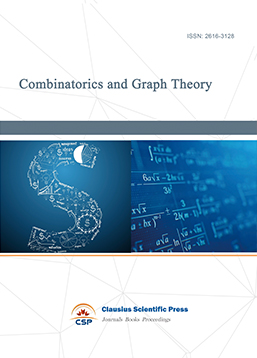
-
Research and Practice of Mathematics & Statistics
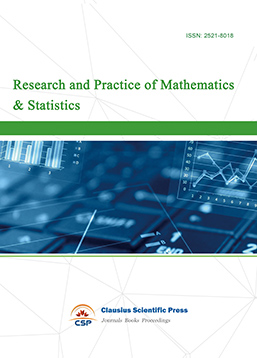
-
Nuclear Techniques and Applications
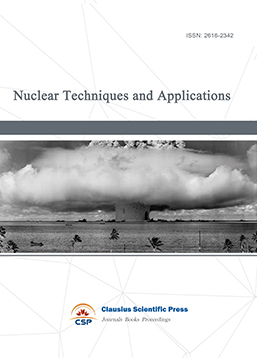
-
Journal of Photonics Research
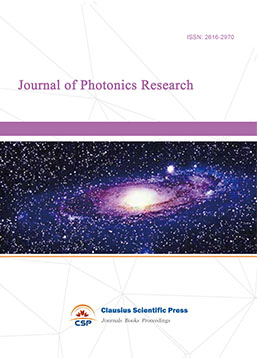
-
Journal of Compressors and Refrigeration
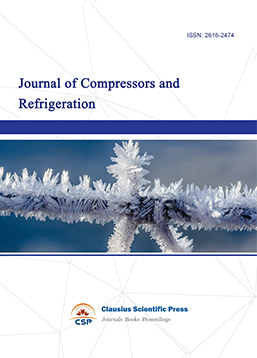
-
Journal of Theoretical Physics Frontiers
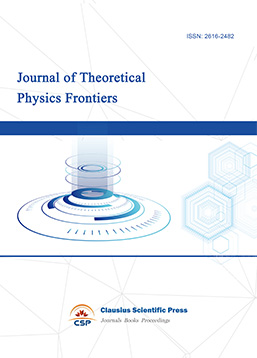
-
Journal of Nonlinear Science and Complexity
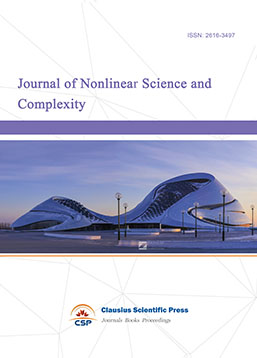
-
Vacuum Science Journal
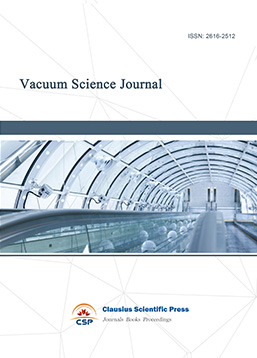
-
Computational Fluid Dynamics
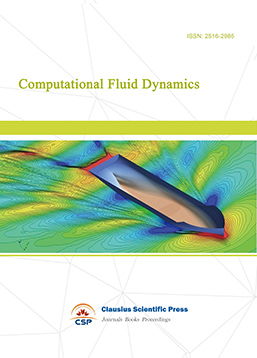

 Download as PDF
Download as PDF